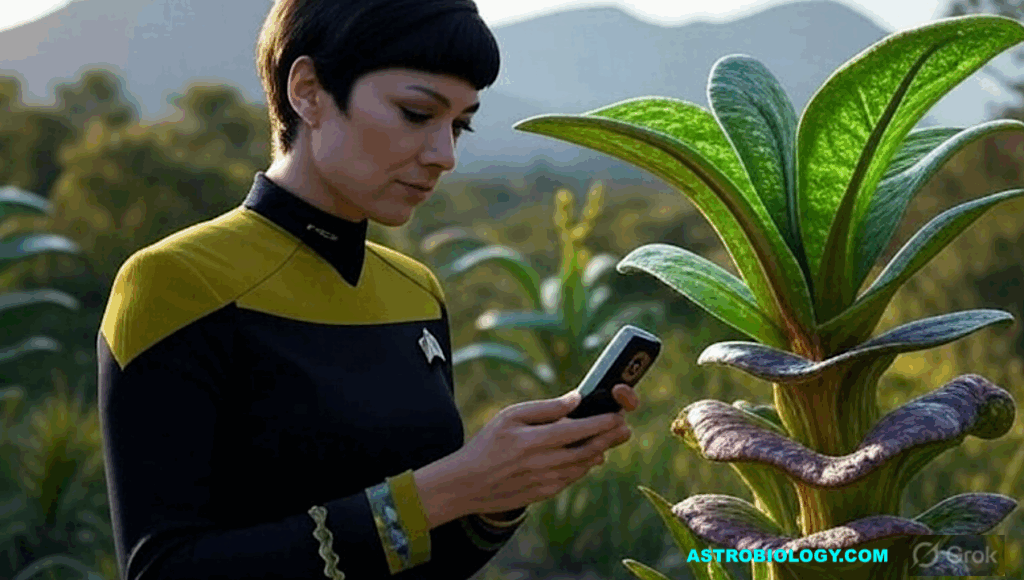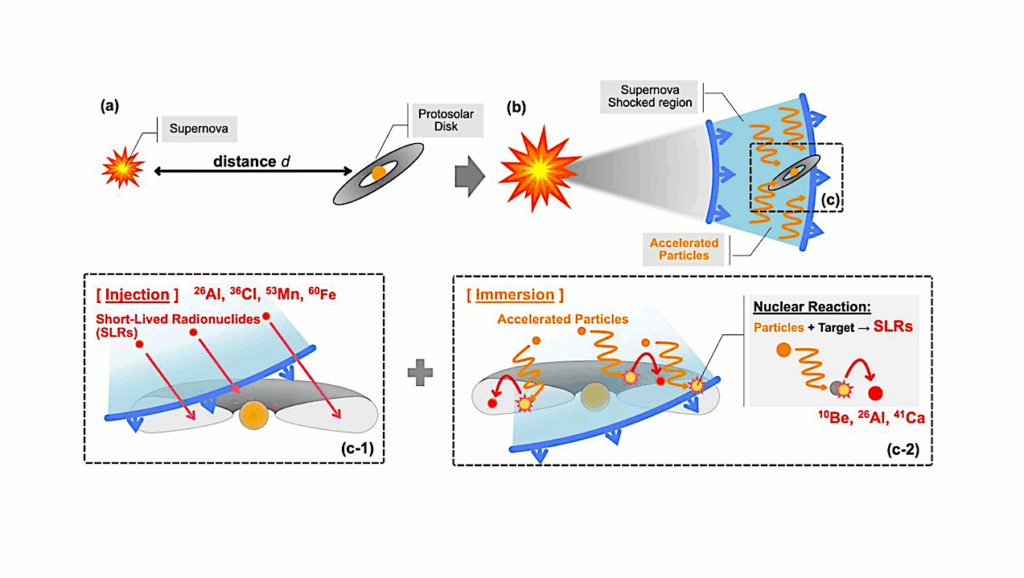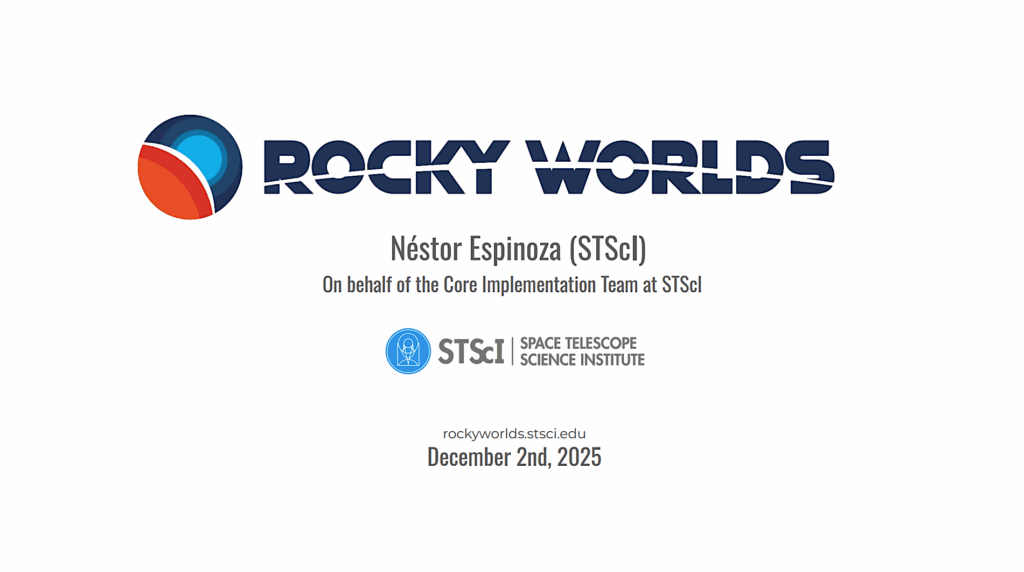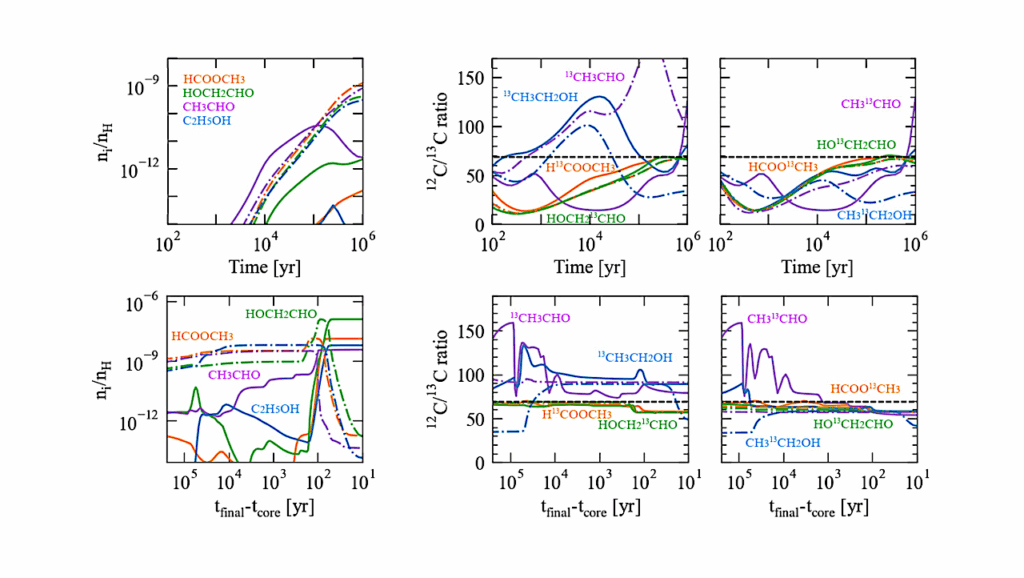Large Interferometer For Exoplanets (LIFE). X. Detectability Of Currently Known Exoplanets And Synergies With Future IR/O/UV Reflected-starlight Imaging Missions
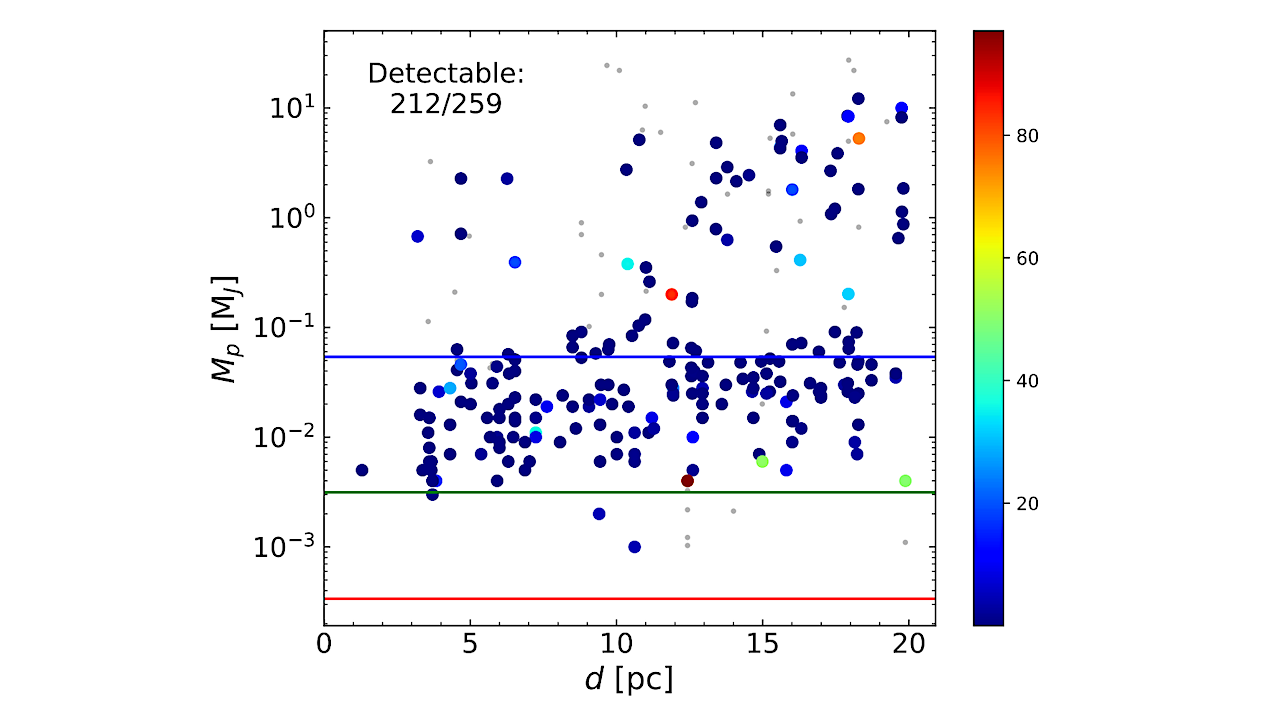
The next generation of space-based observatories will characterize the atmospheres of low-mass, temperate exoplanets with the direct-imaging technique.
This will be a major step forward in our understanding of exoplanet diversity and the prevalence of potentially habitable conditions beyond the Earth. We compute a list of currently known exoplanets detectable with the mid-infrared Large Interferometer For Exoplanets (LIFE) in thermal emission. We also compute the list of known exoplanets accessible to a notional design of the Habitable Worlds Observatory (HWO), observing in reflected starlight.
With a pre-existing method, we processed the NASA Exoplanet Archive and computed orbital realizations for each known exoplanet. We derived their mass, radius, equilibrium temperature, and planet-star angular separation. We used the LIFEsim simulator to compute the integration time (tint) required to detect each planet with LIFE.
A planet is considered detectable if a broadband signal-to-noise ratio S/N=7 is achieved over the spectral range 4−18.5μm in tint≤100 hours. We tested whether the planet is accessible to HWO in reflected starlight based on its notional inner and outer working angles, and minimum planet-to-star contrast.
LIFE’s reference configuration (four 2-m telescopes with 5% throughput and a nulling baseline between 10-100 m) can detect 212 known planets within 20 pc. Of these, 55 are also accessible to HWO in reflected starlight, offering a unique opportunity for synergies in atmospheric characterization. LIFE can also detect 32 known transiting exoplanets. Furthermore, 38 LIFE-detectable planets orbit in the habitable zone, of which 13 with Mp<5M⊕ and 8 with 5M⊕<Mp<10M⊕.
LIFE already has enough targets to perform ground-breaking analyses of low-mass, habitable-zone exoplanets, a fraction of which will also be accessible to other instruments.

Planetary systems with HZ planets detectable with LIFE’s reference configuration. Planets detectable with LIFE are shown by green circles and those which are not, by black circles. Inscribed white-star markers indicate planets that are accessible with HWO in reflected starlight (Paccess>25%). Blue-shaded regions show the conservative HZ of each star, with lighter-blue regions being the optimistic HZ zone (Kopparapu et al. 2014). The sizes of the markers both for stars and planets are proportional to their masses. Stars are color-coded depending on their spectral type (red, orange, yellow, blue-grey and light blue for M, K, G, F and A stars resp.). The Solar System is depicted in the first subplot for reference. — astro-ph.EP
Óscar Carrión-González, Jens Kammerer, Daniel Angerhausen, Felix Dannert, Antonio García Muñoz, Sascha P. Quanz, Olivier Absil, Charles A. Beichman, Julien H. Girard, Bertrand Mennesson, Michael R. Meyer, Karl R. Stapelfeldt, The LIFE Collaboration
Comments: Accepted for publication in A&A. 14 pages, 5 Tables, 5 Figures + Appendix
Subjects: Earth and Planetary Astrophysics (astro-ph.EP); Instrumentation and Methods for Astrophysics (astro-ph.IM)
Cite as: arXiv:2308.09646 [astro-ph.EP] (or arXiv:2308.09646v1 [astro-ph.EP] for this version)
https://doi.org/10.48550/arXiv.2308.09646
Focus to learn more
Submission history
From: Óscar Carrión-González
[v1] Fri, 18 Aug 2023 16:06:41 UTC (505 KB)
https://arxiv.org/abs/2308.09646
Astrobiology,


